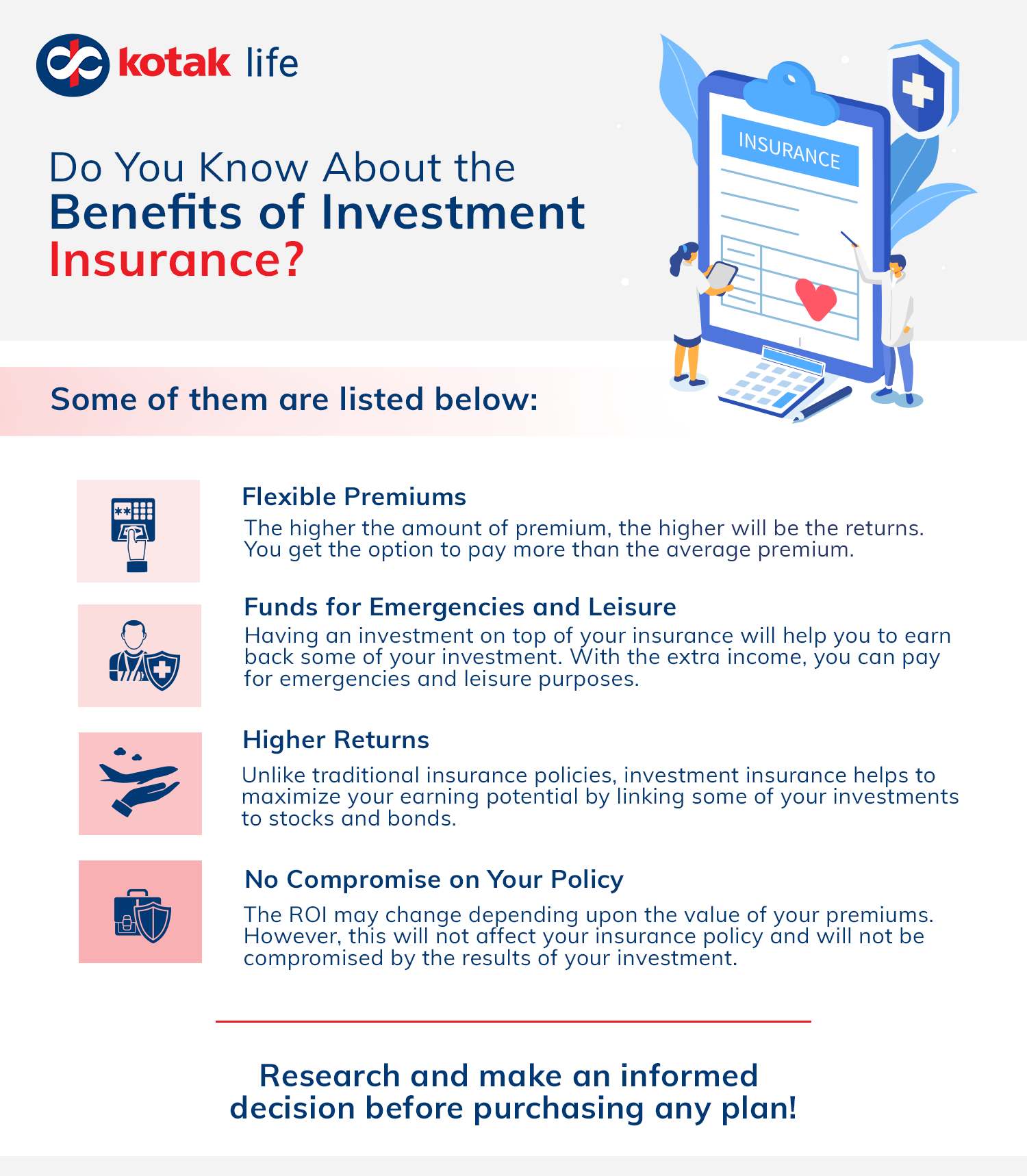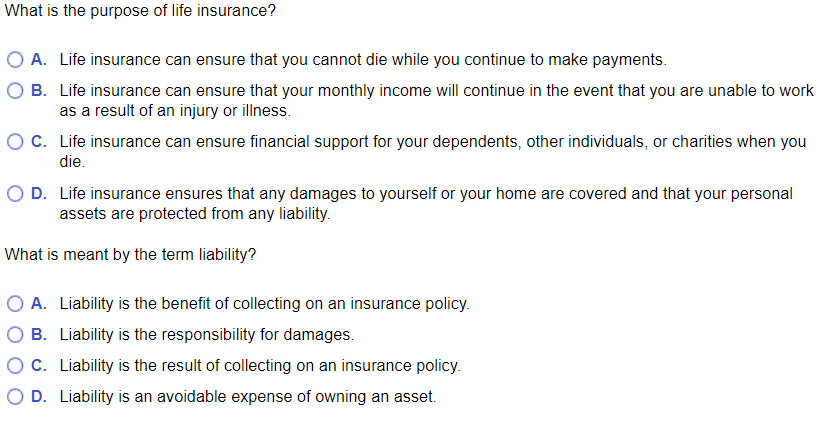The smart Trick of Pacific Prime That Nobody is Talking About
The smart Trick of Pacific Prime That Nobody is Talking About
Blog Article
Some Known Details About Pacific Prime
Table of ContentsWhat Does Pacific Prime Mean?A Biased View of Pacific PrimeIndicators on Pacific Prime You Should KnowThe 10-Minute Rule for Pacific PrimeSome Known Details About Pacific Prime

This is since the data were gathered for a duration of solid economic performance. Of the approximated 42 million individuals who were uninsured, almost about 420,000 (regarding 1 percent) were under 65 years old, the age at which most Americans become qualified for Medicare; 32 million were grownups between ages 18 and 65, around 19 percent of all adults in this age; and 10 million were children under 18 years of age, concerning 13.9 percent of all kids (Mills, 2000).
These price quotes of the number of individuals without insurance are produced from the yearly March Supplement to the Current Populace Study (CPS), carried out by the Demographics Bureau. Unless otherwise kept in mind, nationwide price quotes of people without medical insurance and proportions of the population with various type of insurance coverage are based upon the CPS, one of the most widely used source of estimates of insurance coverage and uninsurance rates.
Some Known Details About Pacific Prime

Still, the CPS is especially useful due to the fact that it creates annual estimates reasonably quickly, reporting the previous year's insurance coverage estimates each September, and due to the fact that it is the basis for a regular set of estimates for even more than twenty years, enabling evaluation of patterns in coverage with time. For these factors, as well as the extensive usage of the CPS in other studies of insurance policy coverage that are offered in this report, we rely upon CPS quotes, with limitations kept in mind.

The estimate of the number of without insurance people increases when a population's insurance policy status is tracked for a number of years. Over a three-year period starting early in 1993, 72 million individuals, 29 percent of the united state population, lacked insurance coverage for at the very least one month. Within a single year (1994 ), 53 million individuals experienced at least a month without insurance coverage (Bennefield, 1998a)
Six out of every ten without insurance adults are themselves employed. Working does improve the chance that one and one's household participants will have insurance, it is not a warranty. Also participants of households with 2 full time wage earners have virtually a one-in-ten possibility of being without insurance (9.1 percent without insurance rate) (Hoffman and Pohl, 2000).
Some Known Incorrect Statements About Pacific Prime
New immigrants make up a substantial proportion of people without health and wellness insurance policy. One analysis has attributed a considerable section of the current development in the dimension of the U.S. uninsured population to immigrants who showed up in the country between 1994 and 1998 (Camarota and Edwards, 2000). Current immigrants (those that involved the USA within the previous 4 years) do have a high price of being without insurance (46 percent), but they and their children represent just 6 percent of those without insurance coverage across the country (Holahan et al., 2001).
The relationship between health and wellness insurance coverage and access to care is well established, as documented later in this chapter. The relationship between wellness insurance policy and wellness results is neither direct neither basic, a comprehensive medical and health and wellness solutions study literary works links health and wellness insurance policy protection to enhanced accessibility to care, far better high quality, and improved individual and populace wellness condition.
Degrees of evaluation for analyzing the results of uninsurance. It focuses particularly on those without any kind of health and wellness insurance policy for any size of time.
The Facts About Pacific Prime Uncovered
The problems dealt with by the underinsured are my site in some aspects similar to those faced by the uninsured, although they are generally less severe. maternity insurance for expats. Uninsurance and underinsurance, nevertheless, include definitely different policy concerns, and the approaches for resolving them may differ. Throughout this study and the 5 records to comply with, the main focus gets on individuals with no health insurance and hence no aid in spending for healthcare past what is offered through charity and safety and security internet organizations
Health insurance is an effective aspect impacting receipt of treatment since both clients and physicians reply to the out-of-pocket rate of solutions - https://pubhtml5.com/homepage/pspip/. Health insurance coverage, nonetheless, is neither required nor sufficient to get to clinical services. The independent and direct effect of health insurance protection on accessibility to health solutions is well developed.
Others will certainly acquire the health and wellness care they require also without health insurance, by paying for it expense or seeking it from suppliers who offer care free or at extremely subsidized prices. For still others, medical insurance alone does not ensure invoice of care due to the fact that of other nonfinancial obstacles, such as an absence of health care carriers in their neighborhood, minimal access to transport, illiteracy, or linguistic and cultural distinctions.
Little Known Facts About Pacific Prime.
Official research about uninsured populations in the United States dates to the late 1920s and early 1930s when the Committee on the Expense of Treatment created a collection of records concerning funding medical professional workplace gos to and hospitalizations. This problem ended up being prominent as the numbers of medically indigent climbed during the Great Anxiety.
Report this page